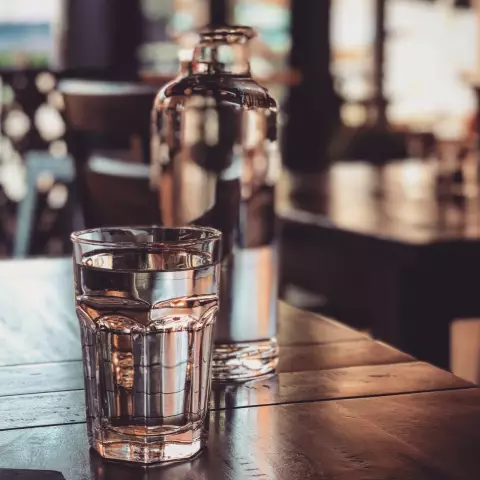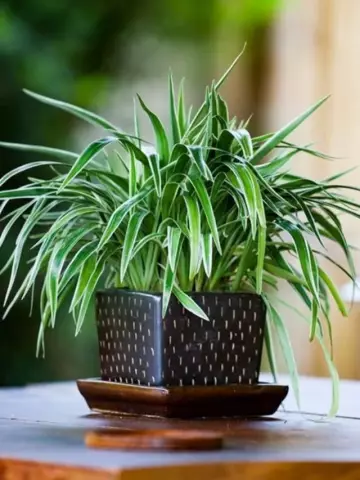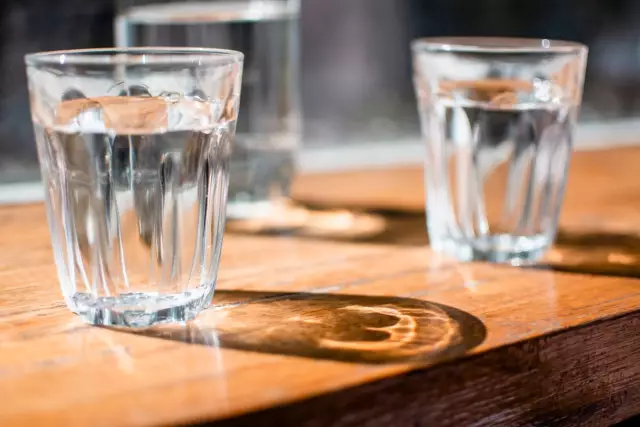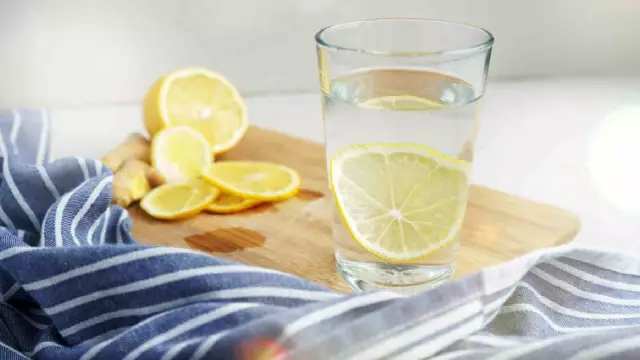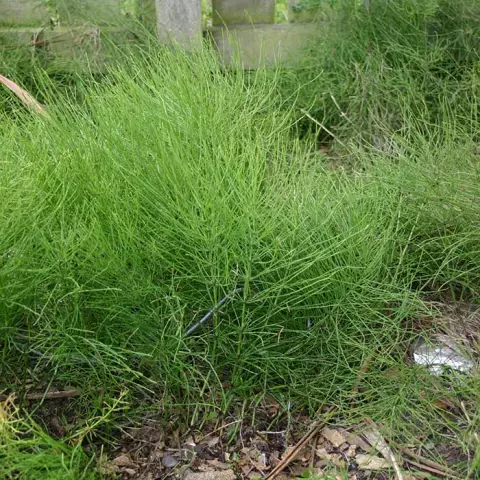- Author Rachel Wainwright [email protected].
- Public 2023-12-15 07:39.
- Last modified 2025-11-02 20:14.
10 ways to purify water in the field
Summer has come. For many, this is the time for hiking and outdoor recreation. Our article is addressed to those who like to travel far from civilization and are not afraid of everyday difficulties. They more often than others have to use for cooking and drinking water containing components that are not very healthy for health. For them, we publish a list of ways to purify water in field conditions.

Source: depositphotos.com
Boiling
This is one of the simplest and most common ways to purify natural (river, lake, etc.) water from most pathogenic microorganisms. The boil time should be at least 5 minutes. If the water is taken in a region where there are frequent outbreaks of infectious diseases, it must be boiled for 30 minutes to an hour, and the boiling process must be continuous. With a significant decrease in the amount of liquid, you can reduce the heating intensity, but you cannot add raw water to the container.

Source: depositphotos.com
Application of hot stones
It may happen that tourists do not have heat-resistant dishes with them, suitable for boiling liquid in it. In such a situation, you can heat stones in a fire (heat for 40-60 minutes) and place them in a container with water until they cool.
Warming up in the sun
Ultraviolet radiation is also good at disinfecting water. It is enough to hold a small (up to 2 l) transparent container in the open sun for a couple of hours to clear the liquid of most microorganisms. This procedure will not rid the water of some parasites and harmful chemicals, but it will undoubtedly make it more usable.
Using woolen thread
The simplest filter for water purification can be made from a woolen thread folded several times. One end of such a "wick" is dipped into a container with water, and the other into an empty container. The liquid permeates the thread, flowing from one vessel to another, and is freed from some of the harmful impurities.
Upholding
At a multi-day parking, sedimentation can be applied. Water is poured into large containers and kept, without shaking, for 10-12 hours, and then the upper part, which has become transparent, is carefully drained. This way you can get rid of a significant part of the pollution and prepare the water for further processing.
The method will be more effective if you add a little starch or a few chopped raw potato tubers to the settling water.
Cleaning with iodine or potassium permanganate
A pharmaceutical solution of iodine is added to natural water for its disinfection in the amount of 3-5 drops per 1 liter. A container with a well-mixed liquid is defended for at least half an hour.
You can put several crystals of potassium permanganate (potassium permanganate) into the water, the liquid should acquire a pale pink color. The use of this method requires caution: ingestion of a concentrated solution of potassium permanganate is fraught with the development of dysbiosis or chemical burns of the mucous membranes.
Filtration through sand
To make such a filter, you need to take an empty tin can and punch its bottom in 3-4 places. Alternatively, a plastic container with a perforated bottom is suitable. A layer of clean thin cloth should be placed on top of the holes and covered with sand that was previously washed and calcined at a fire. Place the container on a support (tripod), under which the empty dishes are placed, and pour water into the upper container in small portions. The liquid will slowly flow through the layers of sand and fabric, being cleaned of mechanical impurities.
Salt
Table salt has a strong bactericidal effect. By adding it to water (1-2 teaspoons per 1 liter) and settling the solution for half an hour, you can get a liquid suitable for cooking. Drinking such water is not very pleasant, but you can reduce its salinity by adding a handful of hawthorn berries to the solution.

Source: depositphotos.com
Cleaning with vegetable raw materials
Some plants (or their parts) contain substances that inhibit the vital activity of pathogenic microflora:
- birch bark, oak, willow or willow bark. Mix 100-150 g of plant material with 10 liters of water and boil for 30-40 minutes or insist for 6 hours;
- young branches of pine, spruce or juniper. They can be prepared in a similar way;
- leaves of red rowan. It is required to add them to the water at the rate of 10-20 pieces for every 2-3 liters and insist for 2 hours.
Earth pump
Being near a river or lake, it makes sense to build a so-called earth pump for the primary filtration of water. It is not difficult to make it: it is enough to dig a small hole half a meter from the reservoir so that water, clarified and filtered by soil, begins to accumulate in it.
Experienced tourists, faced with the need to obtain drinking water, combine several methods of its purification. For example, you can start by using an "earth pump", then use filtering through a container of calcined sand. Water purified from mechanical impurities is subjected to disinfection using plant materials. The final stage of cleaning should be boiling, after which the water can be considered potable.
Note that there are special preparations intended for water disinfection in the field. Unfortunately, they are all made on the basis of active chlorine compounds, which are extremely harmful to the body. Water treated with such means must be additionally filtered and defended, and its taste leaves much to be desired.
Purification of water in field conditions is a laborious task, but in no case can you save energy on it. Drinking contaminated or contaminated water is so dangerous that it is better to take the time and play it safe than to suffer from serious illness later.
YouTube video related to the article:

Maria Kulkes Medical journalist About the author
Education: First Moscow State Medical University named after I. M. Sechenov, specialty "General Medicine".
Found a mistake in the text? Select it and press Ctrl + Enter.

